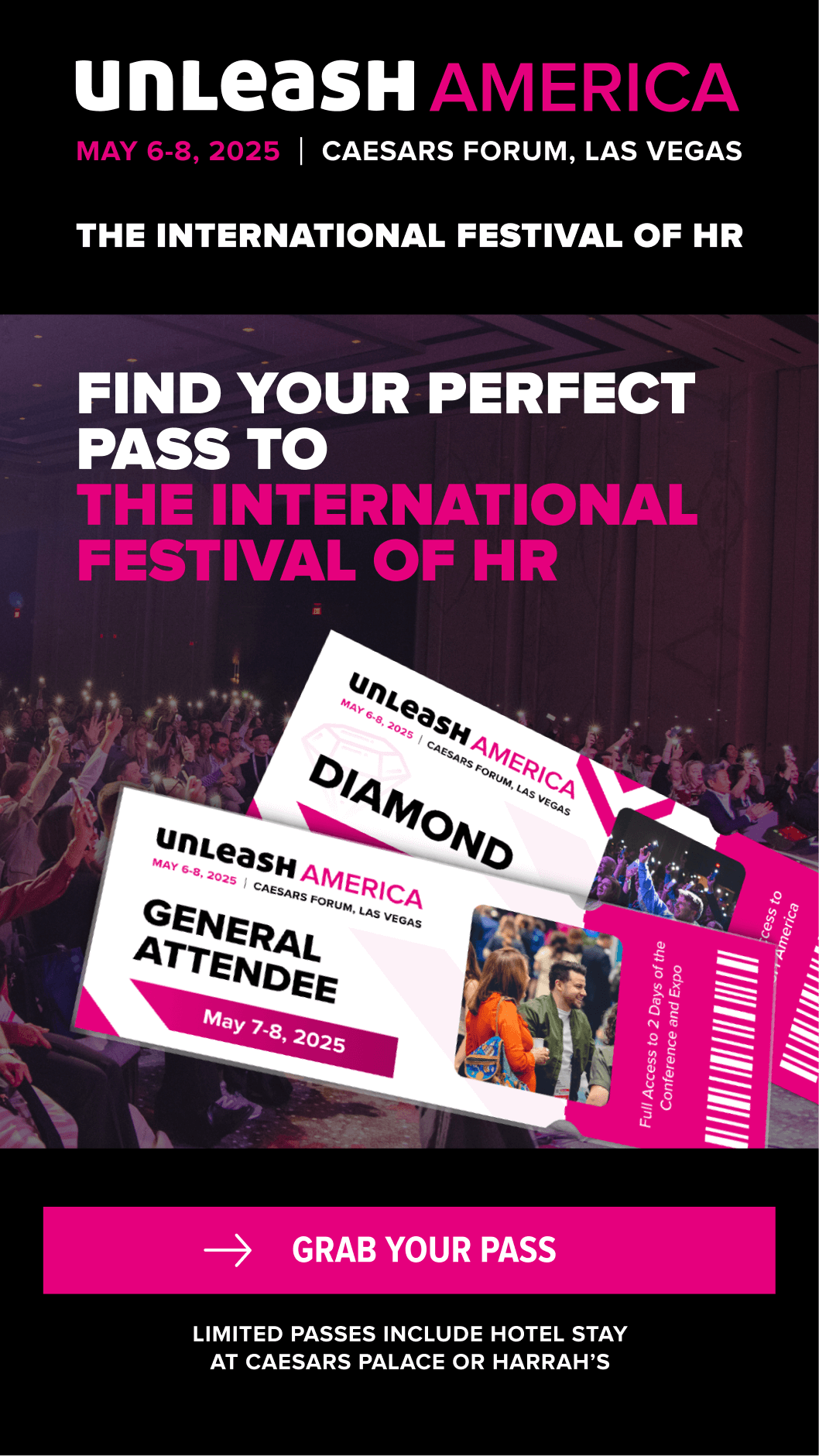How to recruit AI onto your HR team
Top tips from Gartner VP analyst Helen Poitevin.
Analyst Intel
AI has the power to transform the HR function.
But enthusiasm needs to be coupled with caution.
Here's how to develop the right AI strategy for your organization, according to Gartner distinguished VP analyst Helen Poitevin.
If generative artificial intelligence (AI) can solve HR problems as easily as it creates media headlines, it could be a real game-changer for businesses, their HR functions, and the wider workforce.
The buzz is starting to grow; Gartner research found that 84% of HR leaders believe that generative AI will make existing HR activities more productive.
But while landmark IT developments might seem promising for organizational change, new technology can amount to little progress for many.
So, what makes generative AI different and why are HR leaders getting excited about the prospects of implementing it?
The top-line answer is simple – there is a growing body of evidence to support the enthusiasm.
Use cases are being identified across enterprises on a seemingly daily basis, and generative AI is starting to show its worth.
But there is still a disconnect between intent and action.
Although 76% of HR leaders believe that their organizations will become less competitive if they don’t adopt AI solutions within the next 12 to 24 months, 15% still say they don’t intend to leverage generative AI for HR purposes at all.
There’s been fast adoption; with 5% of HR leaders already live with solutions just months after OpenAI’s generative AI model, ChatGPT, made its big splash.
This is much faster than we often see other innovation being adopted, and the pace isn’t slowing down; an additional 9% are conducting generative AI trials.
The challenge is the way everybody is focused on generative AI – not unlike young kids playing ball, all focused on getting to the ball.
But this means that many are missing the broader view of how generative AI will – and won’t – have an impact on workplaces.
Eliminating the AI myths
The first step in assessing any new technology, including generative AI, is to separate the myths from reality and eliminate any preconceptions.
To achieve this, HR technology leaders should work with IT, legal, compliance, and industry experts to understand the true potential of the technology before reporting back to their HR management teams.
AI does the work that we give to it – either to help us be more productive, or in our choices as consumers.
We may prefer the ease of interacting with an AI tool to get something done.
We might feel more ‘cool’ because we are using this tech. Or we might feel embarrassed if it becomes a sign of lacking competence or knowledge.
In other words – we may be the ones putting ourselves or others out of work based on our decisions on where and how to use AI in our day-to-day work tasks and personal lives.
However, the most deep-rooted concern for HR leaders is centered on the lack of assurances around privacy and confidentiality.
Many are worried about the risks of data breaches, compliance issues, and damaging bias around recruitment that could emerge from the use of AI.
Despite these concerns, AI is beginning to attract positive consideration.
Just over half (52%) of HR leaders that participated in Gartner’s research stated they were exploring potential use cases and opportunities for generative AI.
What’s clear is that when HR leaders expand their understanding of the technology, and how potential risks can be mitigated, their attitudes change.
HR leaders clearly have an important role to play in supporting their organizations to safely and effectively roll out AI-based technologies.
The good news is that 60% of HR leaders are already participating in enterprise-wide discussions around their organization’s use of generative AI.
Establishing tech guide rails
Enthusiasm often needs to be tempered with caution, and there’s no doubt that’s the case with AI.
For all the hype, there’s still work to be done. For example, ChatGPT – the public face of generative AI – can be directly accessed through OpenAI’s web browser application.
Companies should be aware that proprietary, sensitive and confidential information entered into the current version of ChatGPT is retained for a period of time.
As a result, other ChatGPT users outside the organization may inadvertently receive information from another user’s session.
However, proper rules and guidance can circumnavigate these types of issues, provided appropriate leadership action is taken.
It’s little wonder then that there’s a growing willingness to embrace the technology once the potential advantages become available.
HR leaders are already anticipating the benefits generative AI may bring, with 46% reporting a potential to use it for HR support and assistance.
35% appreciate its ability to support HR analytics, where it can be especially helpful in accessing HR’s abundance of insights in analytics platforms.
However, HR can hold the belief that generative AI will help them gain insights out of whatever data they throw at it, whatever the volume of data and, unfortunately, this isn’t true.
The smart money is on AI
Gartner research reveals a complex and evolving picture, but the direction of travel is clear – generative AI solutions will become increasingly embedded in various HR functions.
Features such as natural language processing (NLP) will accelerate the development of virtual assistants, chatbots, and the mining and processing of data and analytics.
It’s therefore essential for enterprises to plan and develop a dedicated HR technology strategy.
A key part of that activity will involve HR leaders investigating how their peers are approaching generative AI; a process that will involve examining the most up-to-date HR trends, use cases, benefits, accessibility, risks, and guidance.
As this new technology continues to expand, HR leaders need to be involved in the evaluation of the evolving impact and influence of generative AI on their tech stacks, functions, and wider workforce.
Without diligent monitoring, it is possible that HR teams could unknowingly allow in capabilities from vendors who have embedded generative AI into their applications.
Generative AI and large language models (LLM) have been around for some time, and we began discussing this back in 2017.
But in the past year, we’ve seen it evolve and reach a completely new level of performance – and it was suddenly available to the wider public with ChatGPT.
HR leaders must therefore be mindful that today’s generative AI tools may not be the best potential version we will see, so being quick to implement without full evaluation might not be the smartest idea.
What is clear, however, is that the AI genie isn’t going back in the bottle, and its powers continue to grow.
Failing to harness its evolving capabilities risks damaging competitiveness, but informed decision making will be essential to maximize the opportunities it brings.
AI at UNLEASH World
Automation and AI is going to be front and center at UNLEASH World 2023.
Grab a ticket now for our upcoming Paris show to get invaluable, in-person, actionable insights on how to use AI to your advantage from Josh Bersin, as well as HR leaders like Anika Grant and James Purvis.
Sign up to the UNLEASH Newsletter
Get the Editor’s picks of the week delivered straight to your inbox!

Distinguished VP Analyst
Helen Poitevin is a Distinguished VP Analyst with a focus on HCM technologies.
